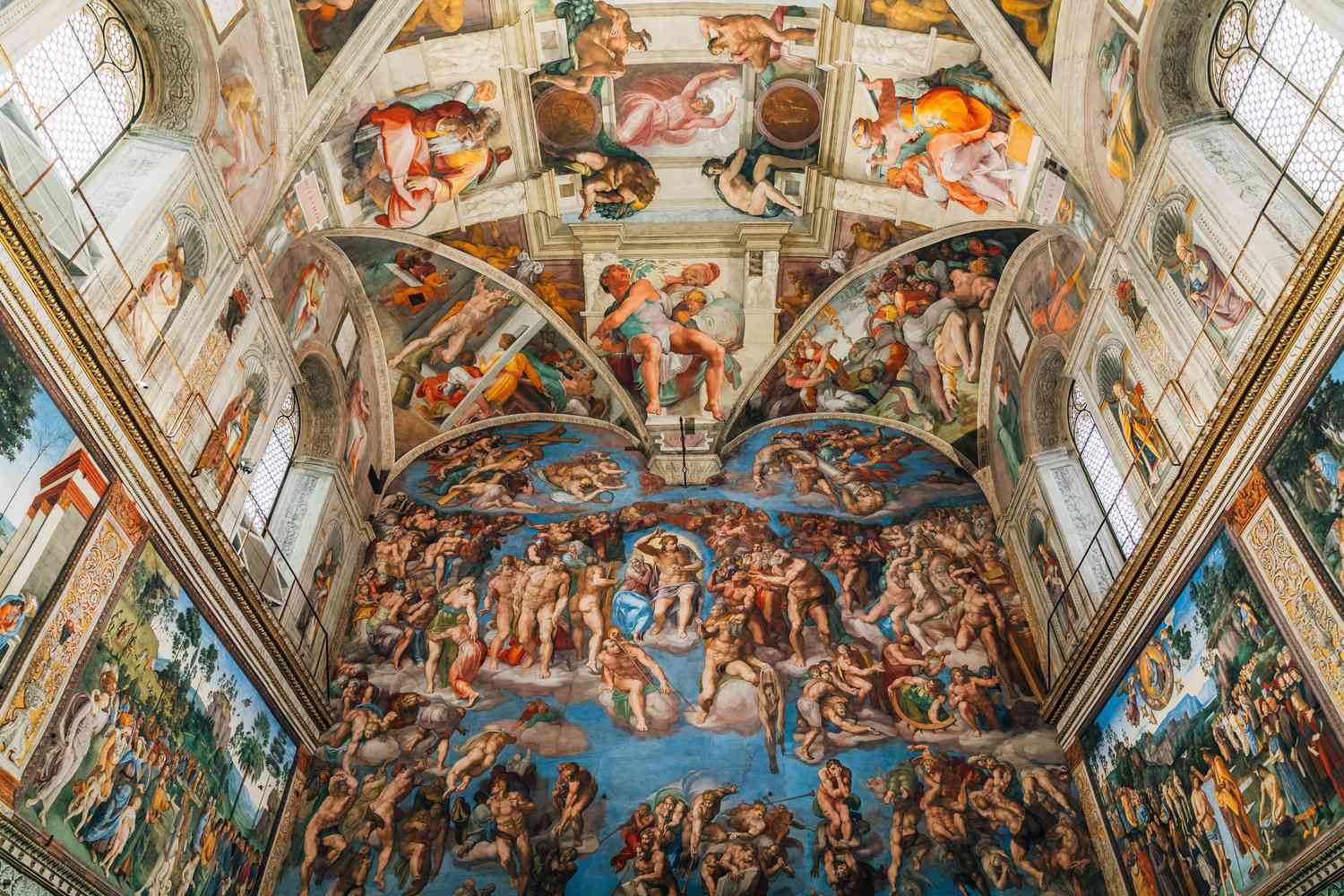Michelangelo
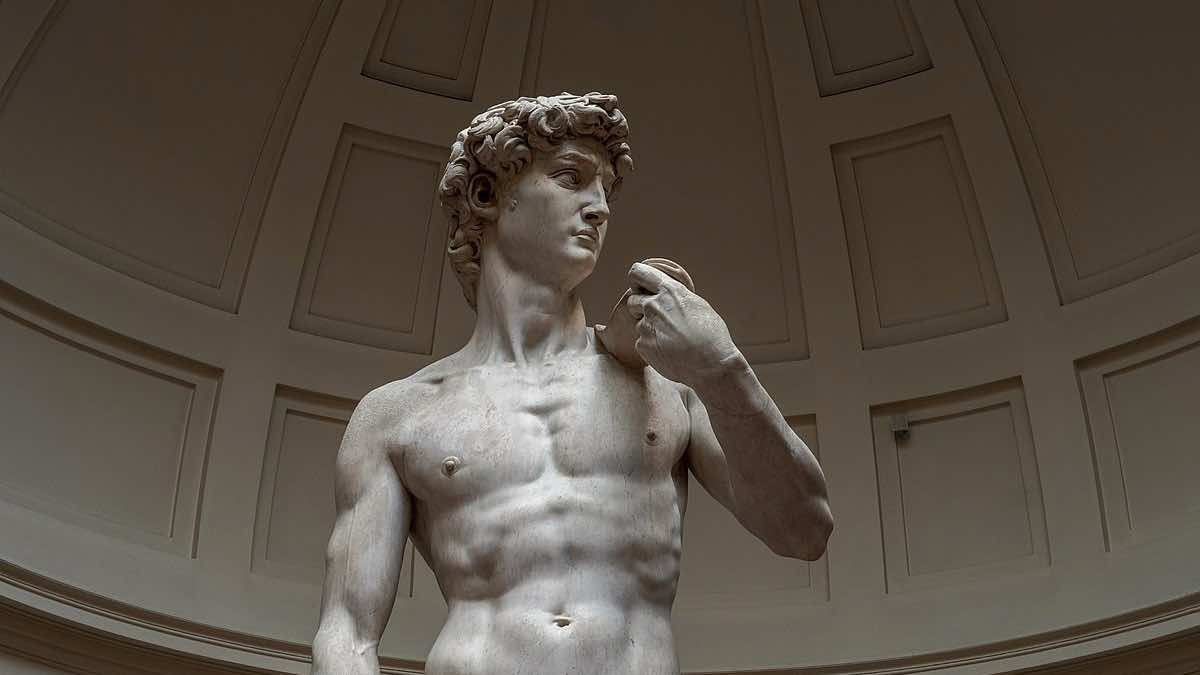
Michelangelo Buonarroti wasn’t just an artist—he was a creative powerhouse who changed the way people saw art forever. Born during the Renaissance, he became known as one of the greatest artists in history. He was first and foremost a sculptor, but he also painted, designed buildings, and even wrote poetry. His work focused on the human body, emotion, and the big questions about life and faith. People in his time called him a genius—and for good reason.
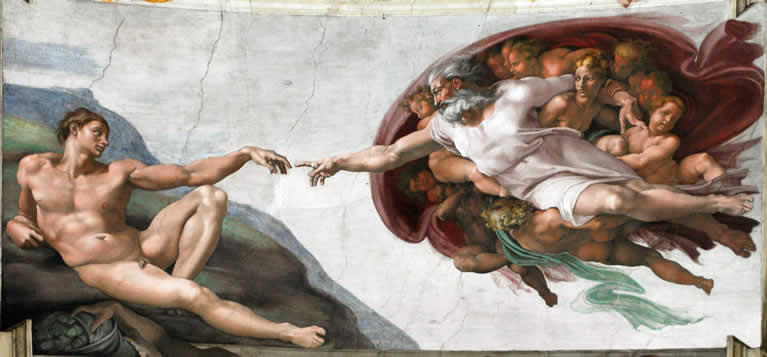
Michelangelo grew up in Florence, a city full of art, learning, and new ideas. He was invited into the home of the powerful Medici family, where he studied with some of the smartest people of the time. That experience helped shape the way he saw the world: he believed art could express deep truths about life, the soul, and even God. For him, sculpture and painting weren’t just about making things look good—they were about bringing people to life and telling stories that mattered.
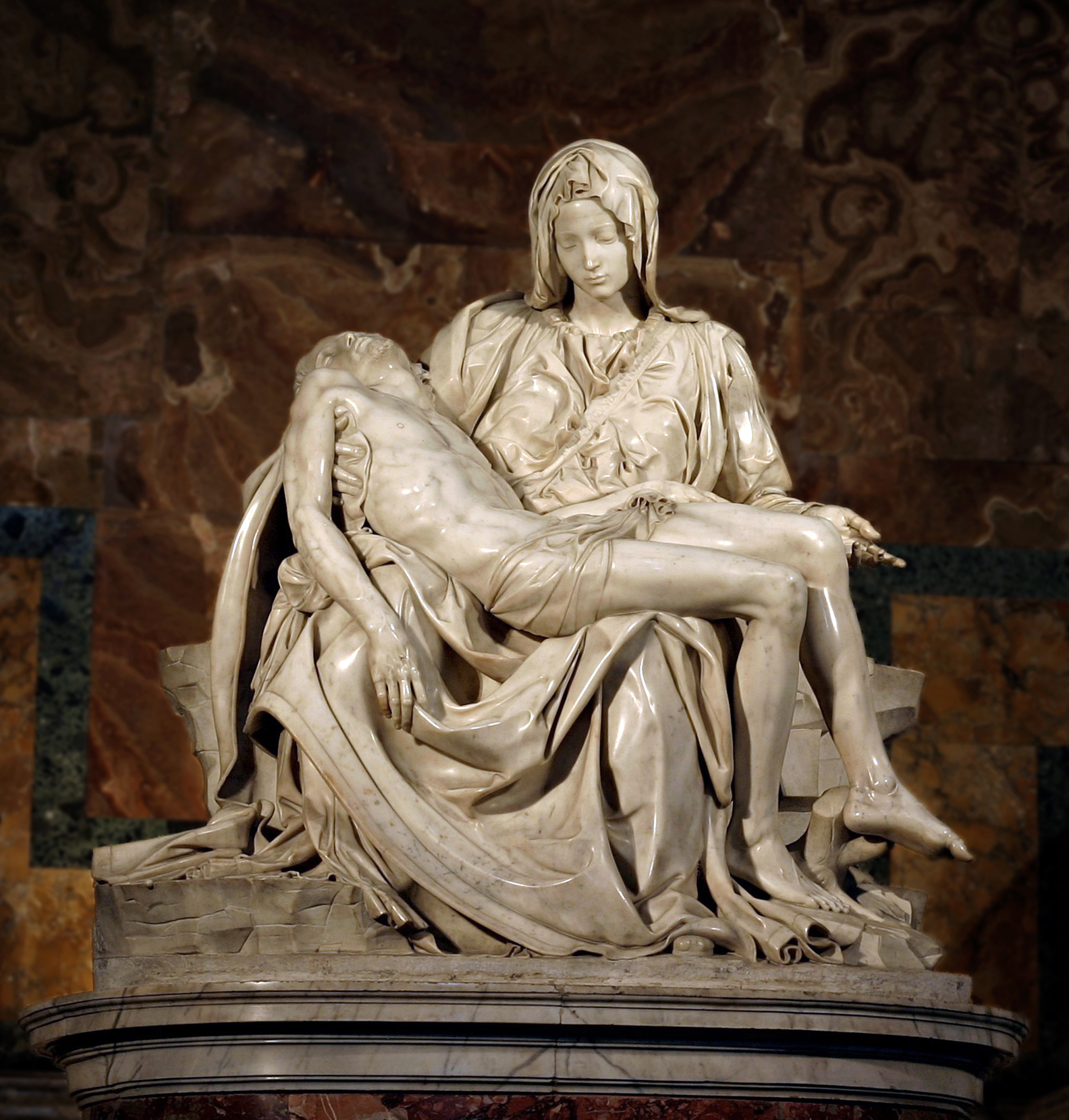
His statue of David turned a block of marble into a symbol of strength, bravery, and human potential. His ceiling paintings in the Sistine Chapel are some of the most famous artworks in the world, showing scenes from the Bible in a dramatic, powerful way. Later, his huge wall painting of 'The Last Judgment' showed heaven, hell, and everything in between—full of emotion and raw honesty. He studied the human body obsessively, and it shows in every muscle, pose, and expression in his work.
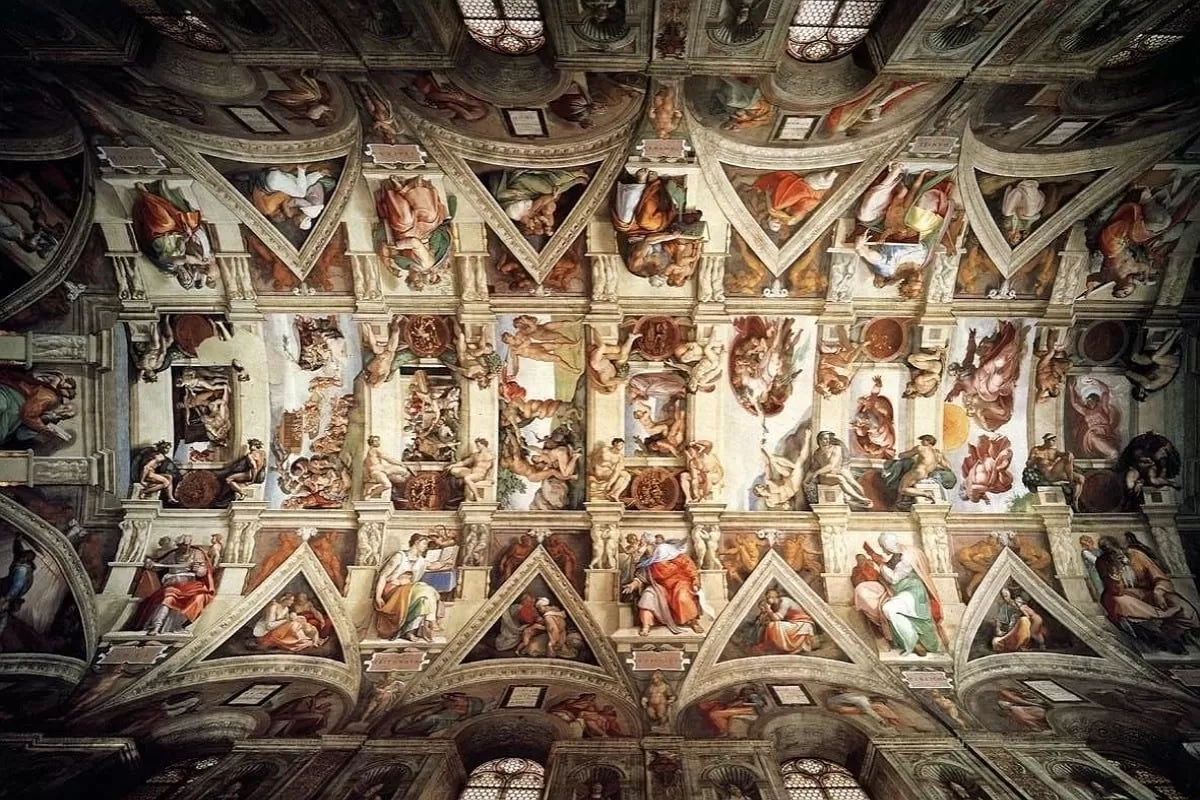
Michelangelo spent four years painting the Sistine Chapel ceiling, standing on scaffolding with paint dripping onto his face. He carved statues so detailed that you can still see the veins in their hands hundreds of years later. He wasn’t just part of the Renaissance—he helped define it. His work pushed the limits of what art could do and still inspires people all over the world today.
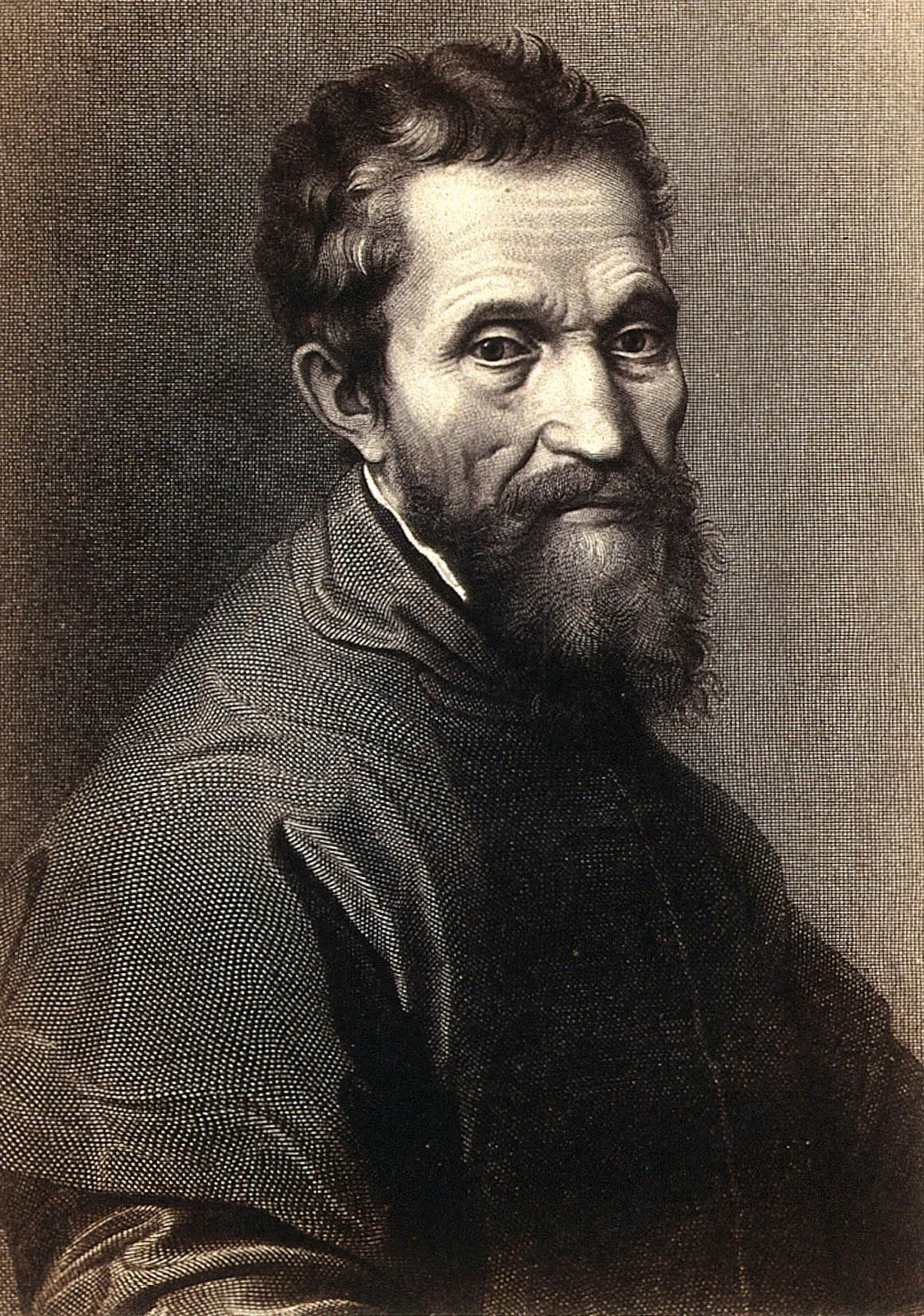
?
Why did Michelangelo consider himself a sculptor first, even after painting the Sistine Chapel ceiling?
What techniques did Michelangelo use to make his sculptures feel so lifelike?
How does the Sistine Chapel reflect Michelangelo’s understanding of human anatomy and movement?
What does David symbolize, both in biblical and Renaissance terms?
How did Michelangelo’s religious beliefs shape his work?
What psychological elements can you find in Michelangelo’s paintings and sculptures?
Why do you think artists and architects still study Michelangelo’s drawings today?
Dig Deeper
You know Michelangelo for his great work on the Sistine Chapel. But you might not know that his true passion was for sculpture! Find out more about Michelangelo’s childhood and his Wonder Years as he moves between sculptor and painter.
Discover more

Leonardo da Vinci
Leonardo da Vinci taught us that curiosity is the raw material of genius. He shattered the idea that art and science must live in separate worlds—and instead, fused them into something greater. His life is a blueprint for those who dare to ask, 'What if?' and then pick up a pencil—or a scalpel—to find out.

Yoshitomo Nara
Yoshitomo Nara dares us to peer beneath the surface of innocence and confront the contradictions within ourselves. His art doesn’t shout, it stares. It questions. It listens. And in doing so, it gives voice to the misunderstood, the lonely, and the quietly courageous.

Käthe Kollwitz
Käthe Kollwitz gave form to heartbreak. Her art, shaped by personal loss and political fury, turned private grief into public protest. Through lines etched in agony, she showed that mourning could be resistance—and that the most powerful weapons against war and injustice might be hands stained with ink, not blood. Her work reminds us: the role of the artist is not just to bear witness, but to speak for those silenced by history.
Further Reading
Stay curious!
